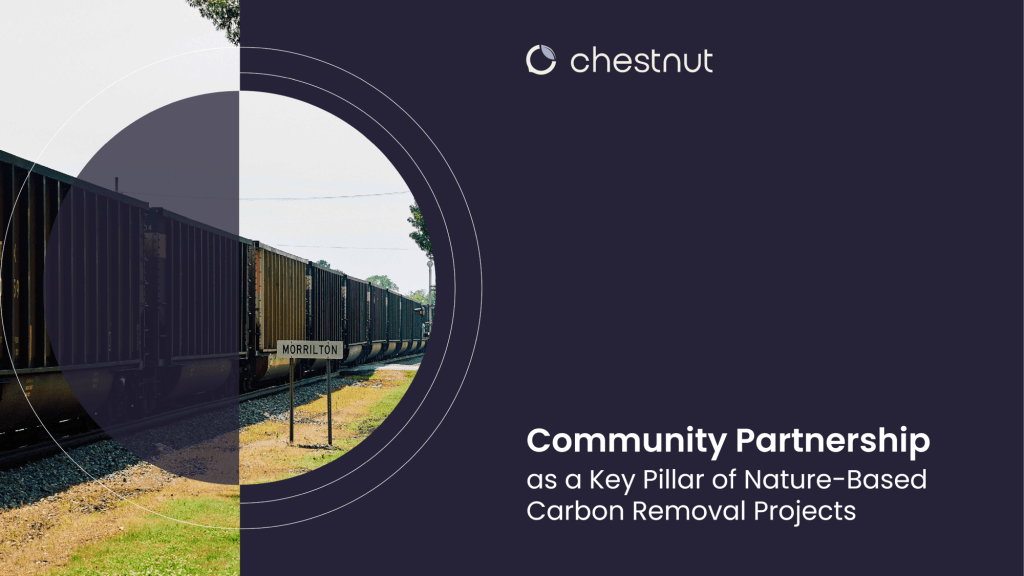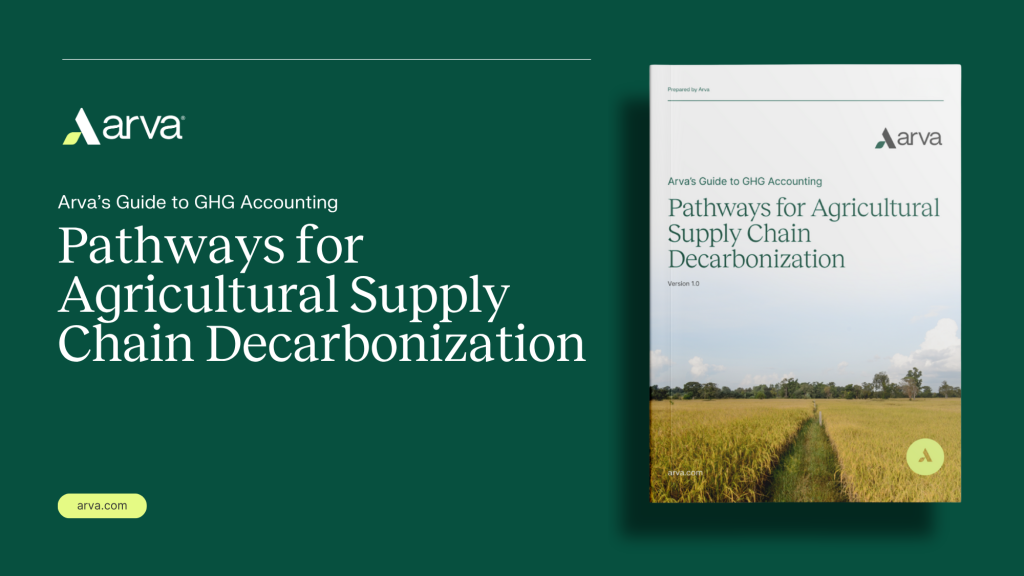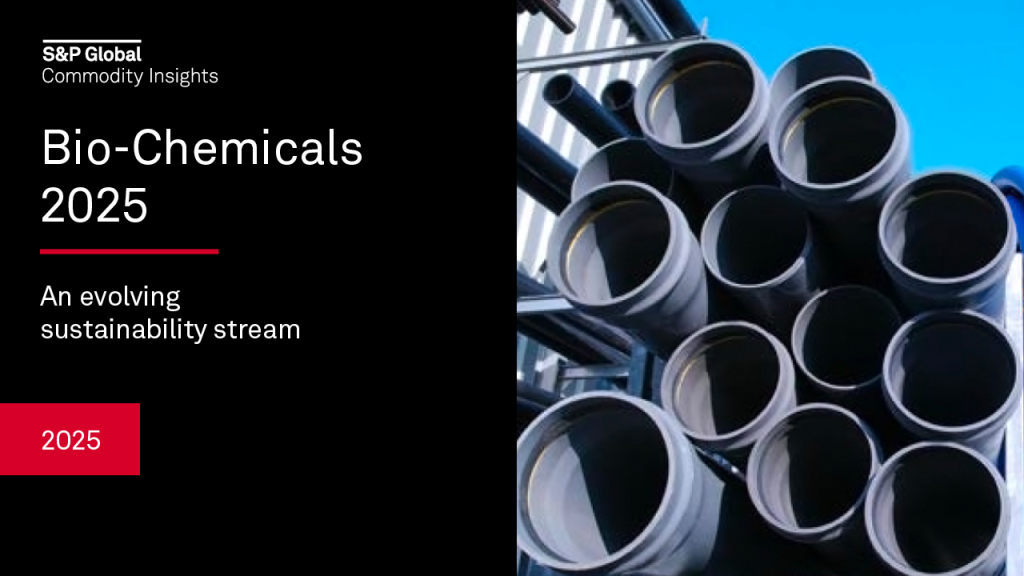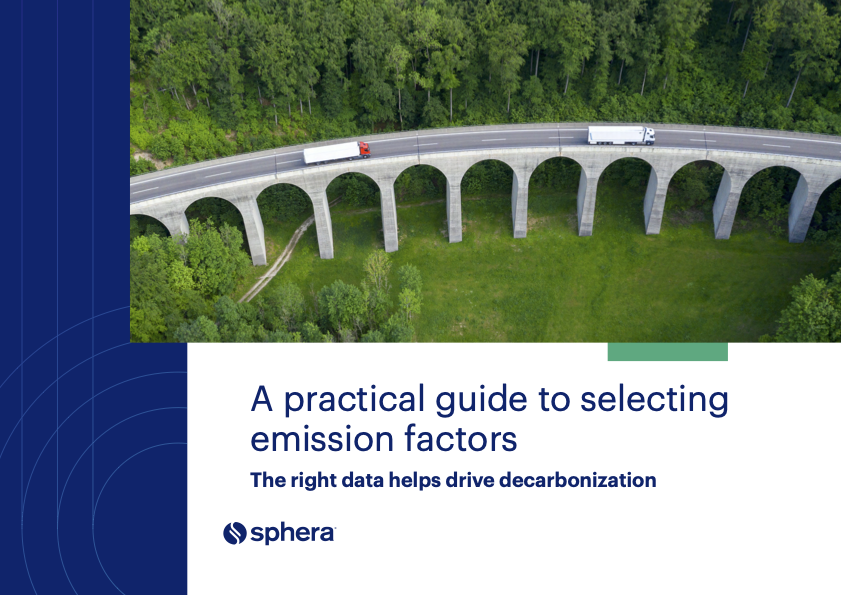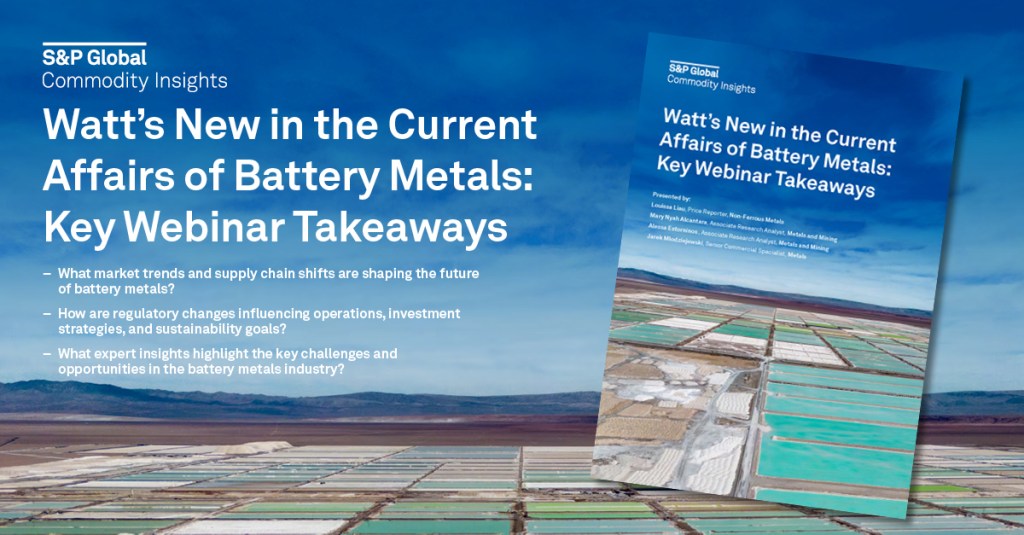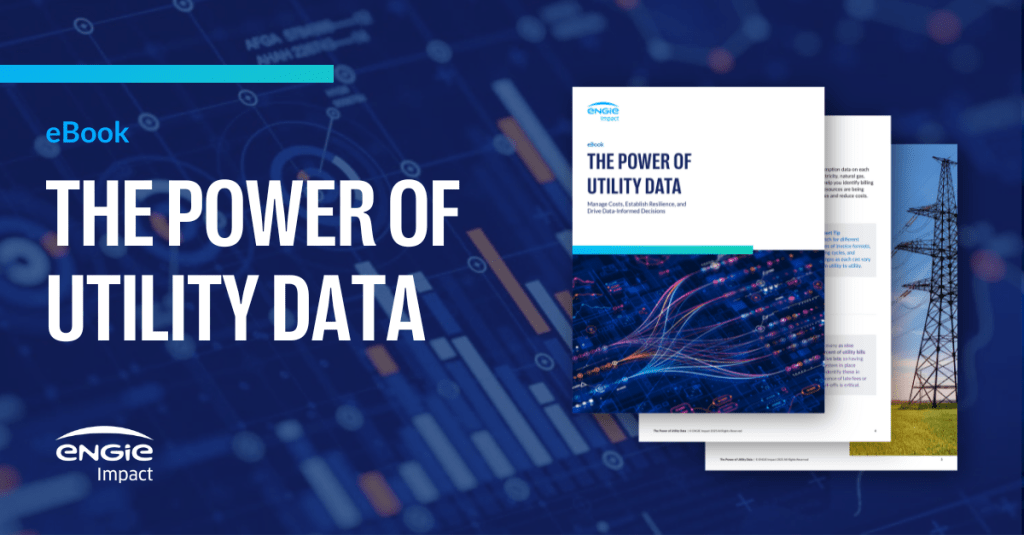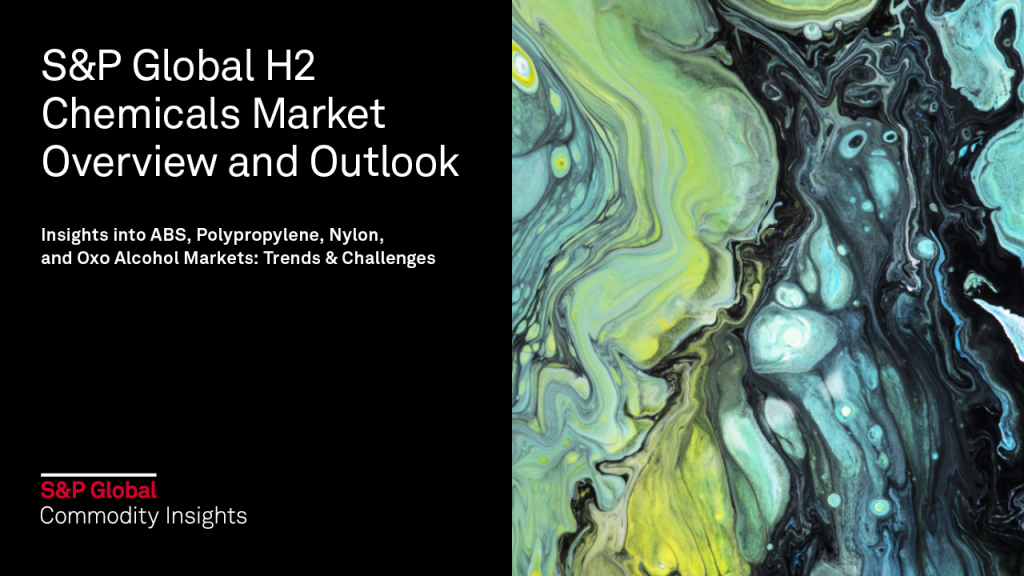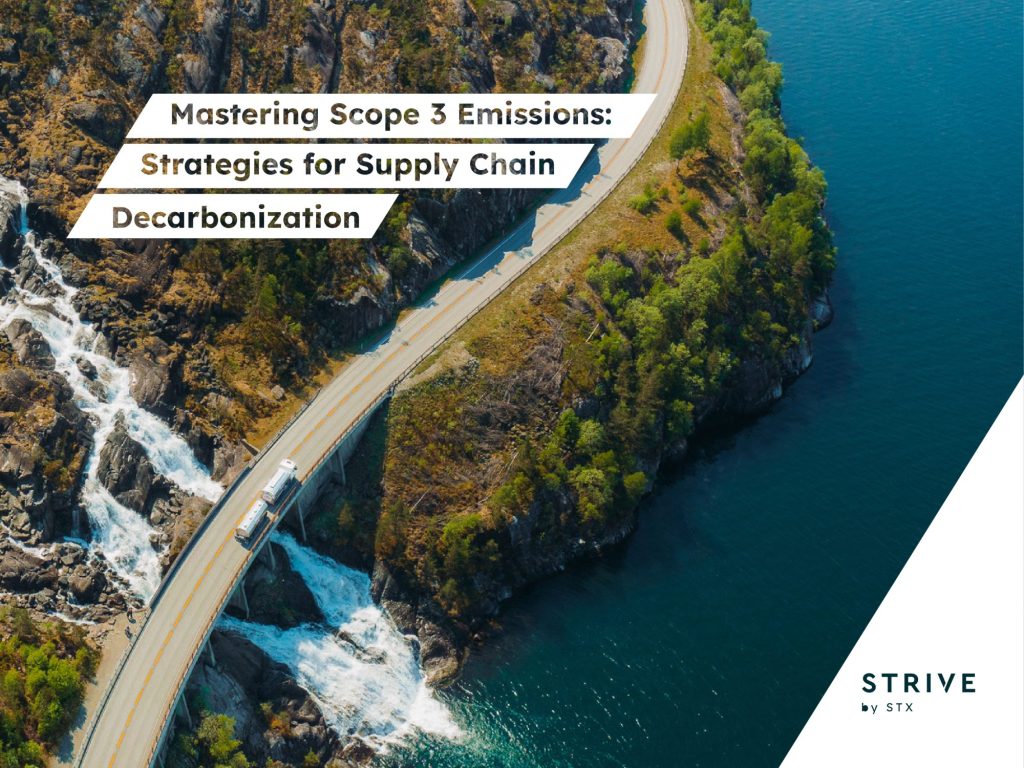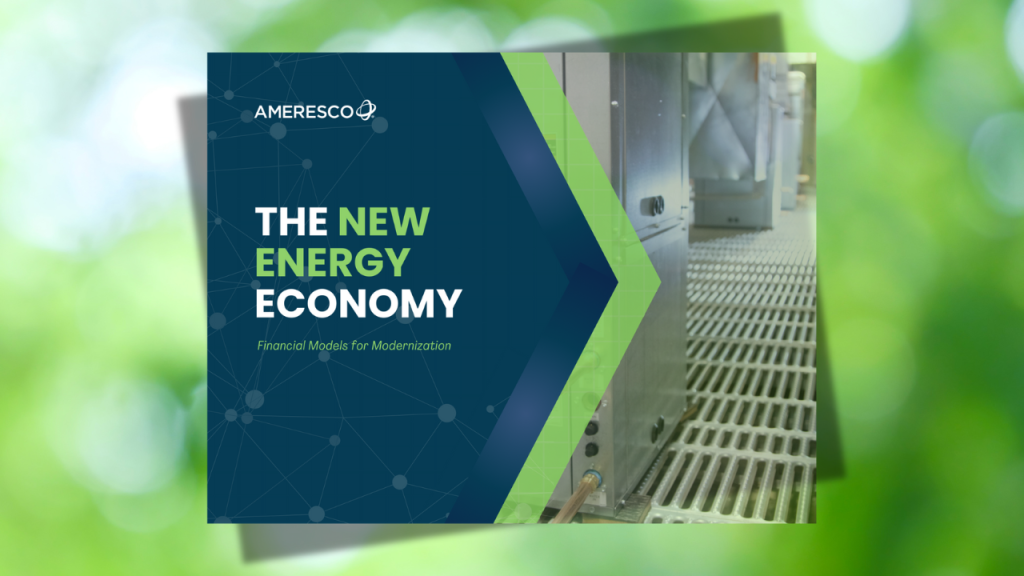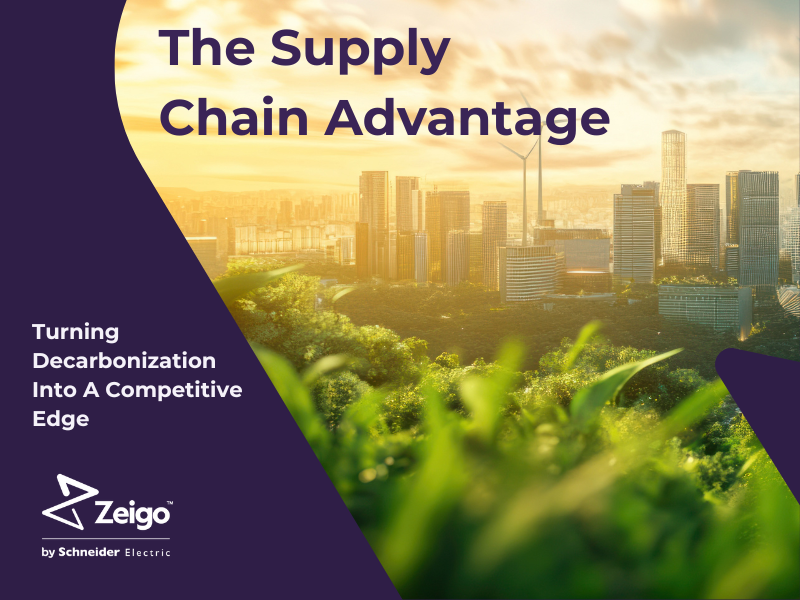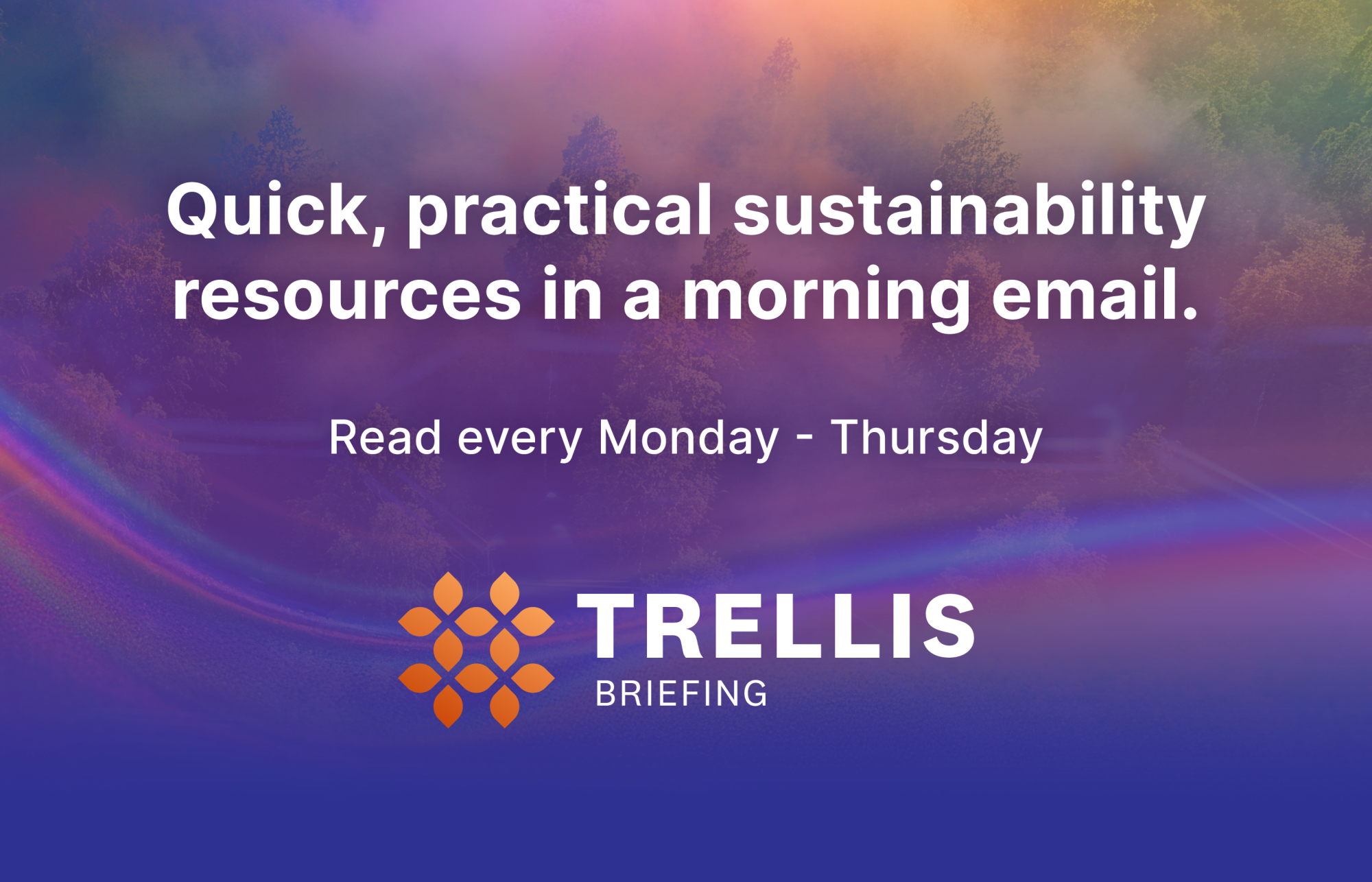The end gap: The overlooked space between product usage and disposal
No wonder we all have a drawer full of old chords and outdated devices. Read More
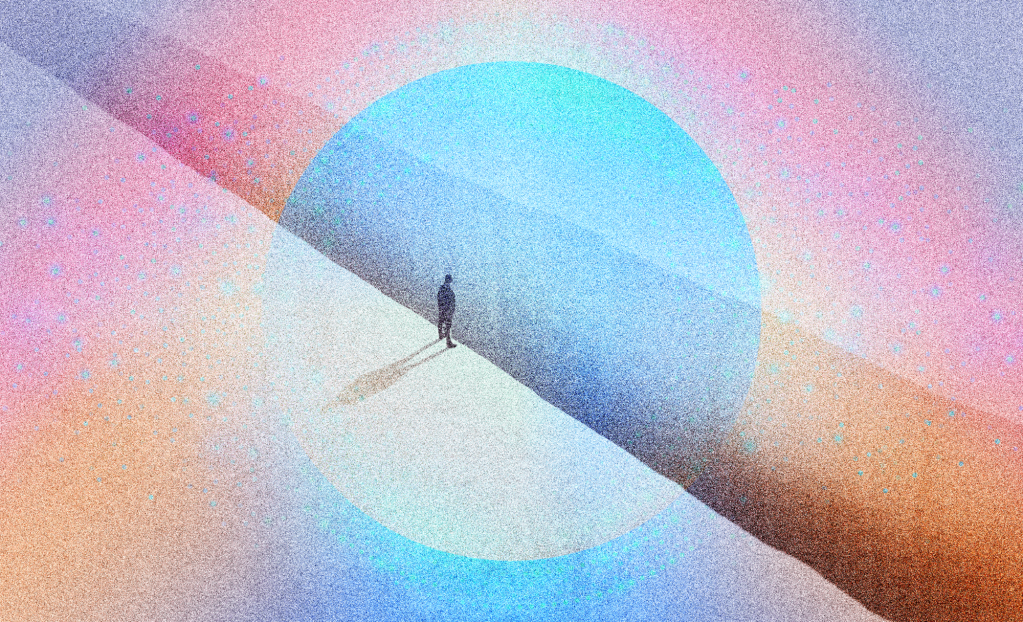
- In a product’s lifecycle, there’s an overlooked space between the end of its usage and the start of disposal.
- This “end gap” leads to a subpar consumer experience because it leaves consumers unsure of how they should recycle, donate or dispose of products.
- If brands want to foster a circular economy, addressing this psychological void at the end is critical to their success.
The opinions expressed here by Trellis expert contributors are their own, not those of Trellis.
Unwrapping a brand-new item is a great feeling. But the thrill of unboxing a beautifully designed product eventually fades as we begin to use it and the next shiny new thing takes its place. Consumers often think their experience is over when the item is disposed of, but there’s an overlooked space between the end of usage and the start of recycling or waste. We’ll call this the end gap.
This uninstructed, often abandoned final step in the consumer experience is where the language and methods for ending a product’s life are complex and unclear. This gap materializes in phenomena such as:
- Unused clothing: A 2022 study by WRAP, a climate action NGO, found that the average U.K. adult has 118 items of clothing in their wardrobe, of which a quarter (31 items) were unworn for at least a year.
- Off-site storage: The self-storage market is expected to grow significantly, fueled by decision fatigue of having to reduce items and the anxiety of making a final disposal decision.
- Digital hoarding: The end gap exists in our digital lives, too. Many of us save everything, deferring the difficult act of deleting. IBM estimates that up to 90 percent of all data is “dark data,” or information that’s stored but never used, revealing our societal unwillingness to let go.
By looking at the end gap not as a problem but as an opportunity, sustainability professionals can see past the chaos to understand its foundational characteristics. That understanding is key to creating a more meaningful and sustainable business model.
4 signs an end gap is imminent
The relationship breaks: The relationship between a business and a consumer is a two-way street. During the initial stages of a product’s life, a business provides guidance marketing, out-of-box instructions, FAQs and the like. A consumer, meanwhile, provides valuable data — name, demographics and goals. This bonded relationship continues as the consumer benefits from product usage and the business giving service support.
As the product fulfills its promise, it moves past a usage phase and the consumer starts to think about off-boarding. But while the usage has taken place the business has backed away, seeking new customers. The consumer finds themselves abandoned to resolve product disposal alone.
Identity is anonymized: At the beginning of the consumer lifecycle, the customer’s identity is captured through banking, loyalty systems and marketing schemes. It’s also celebrated through personalized language in communication of the product: “Well done, Joe, for becoming our customer!”
These identity systems fade as the relationship goes on. Marketing noise from purchase has been lost in the following weeks, months or years of ownership as people change shopping habits, email or social media. By the off-boarding experience the identity systems attached to the product are non-existent.
Further to this, legal ownership is relinquished as the customer places the product into recycling, trash or goodwill. The consumer is no longer accountable for what happens to the product. Their identity is washed from the product’s history, along with the business that made it. Waste stream identity has to be reverse engineered. Impact becomes a “who done it” detective job.
Emotional meaning is lost: At the end of product life its emotional meaning to the consumer decays and its specific definition as an asset — size 10 dress, hiking boots by Columbia, 30-megapixel camera — disappears when it enters a generic waste stream. A phone, for example, begins as carefully defined components. At its end, it becomes “e-waste,” a jumble of unknown materials. The scale of this loss is vast: a European Commission report found over half of EU individuals keep old phones — an estimated 700 million devices. Meanwhile, Apple’s 2024 sales of 231.8 million iPhones dwarf its collection of only 15.9 million devices. E-waste, which totaled 62 million tonnes globally in 2022, is often chipped and smelted, irrevocably losing its product identity.
Disposal routes are blurred: When a customer eats an apple, they can be confident it will naturally decompose without a lasting negative impact. But what about human-made products such as a plastic bag? The process for disposal is far from clear. Instead of straightforward information, consumers are often faced with confusing symbols and technical material jargon.
This lack of clarity is reinforced by symbols that create a false sense of certainty. A product might be labeled “recycled” versus “recyclable,” two very different outcomes for the item’s end-of-life journey. A 2019 report by the Consumer Brands Association, aptly titled “Reduce. Reuse. Confuse.” found a staggering 92 percent of Americans didn’t understand the labels on plastic products.
While initiatives such as the SmartLabel platform attempt to solve this problem, they only scratch the surface of a much deeper issue: the gap between a product’s promise and its ultimate fate in the eyes of the consumer.
How to use the end gap
The four factors of the end gap are a starting point for asking human-scale, emotional questions. Instead of just measuring materials and weight, you can address the consumer’s experience directly:
- Relationship: How does the relationship with your customers break down? Is it soon after the sale, or do you have contact well into the product’s usage period? Analyze when and how this connection fades.
- Asset: Does the customer know the product’s material when it’s time to dispose of it? You don’t want to leave them wondering. If your business provides this information, you can maintain an open dialogue, building trust and collaboration.
- Identity: If you have an open dialogue, you must still have their contact details. By informing consumers of the product’s impact and providing capture or offset options, you can partner with them more directly during this time.
- Routes: Do the initiatives your company puts in place show a clear path? Or do you abandon the customer to stitch these issues together themselves? Build a straightforward route for them to complete their consumption.
Our consumption journey begins with human desire, a powerful emotional driver for new beginnings. Yet, our current model often neglects the human experience of endings. Instead, it tries to measure the cold tangibles — material, weight, chemistry. This lack of human meaning leads to societal fear of making the “wrong” disposal decision and drawers full of old phones. To foster a truly circular economy, we must move beyond technical solutions and address this psychological void.

Subscribe to Trellis Briefing
Featured Reports

The Premier Event for Sustainable Business Leaders

